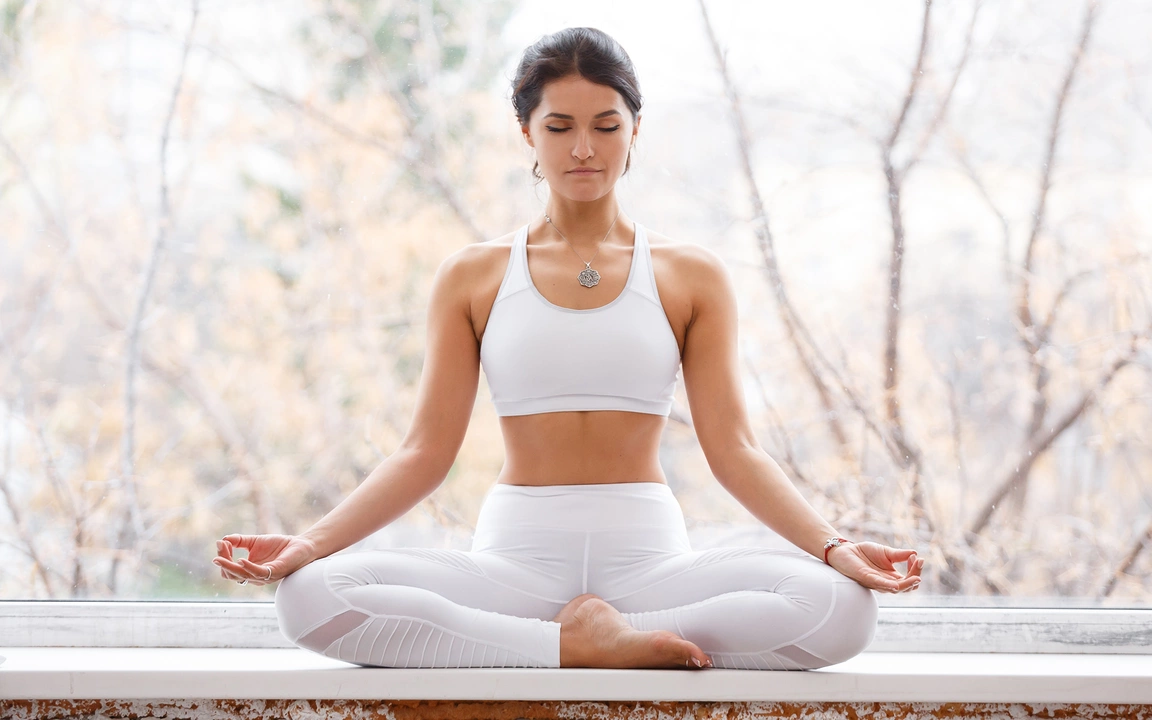Future of Yoga: Practical Trends You Can Use Today
Imagine getting real benefits from yoga in just 15 minutes a day. That short, consistent habit is already reshaping how people practise—more often, more sustainably, and with less pressure. If you want a future-ready practice, small changes that fit your daily life beat occasional long sessions every time.
Short daily practice and beginners
Fifteen minutes of focused stretching, a few breaths, and one or two standing poses improve flexibility and mood. Newbies don’t need fancy poses. Start with a short warm-up, a sun-salutation variation, and a simple seated breathing exercise. That builds consistency and reduces injury risk.
Worried yoga is too hard? It isn’t. Pick gentle classes or online videos that match your level. Beginners often ask if in-person or online is better. Both work: classes give corrections, online gives flexibility. Try a mix—use real classes for technique and online sessions for daily maintenance.
Age is not a barrier. Kids, adults, and seniors can adapt poses. For older bodies, choose gentle flows, longer holds, and props like blocks or straps. If you or someone you teach has high blood pressure, choose calming breathing and slow movements, and get a medical okay first. Meditation and breathwork often help lower stress and support healthier blood pressure when used regularly.
Training, cross-training and safety
The path to teaching is changing too. The 200-hour teacher training gives a solid base, but online courses are making certification more accessible. If you want to teach, pick programs that balance philosophy, anatomy, and hands-on practice. Also, teachers are borrowing tools from other systems—Pilates principles, for example, help with core control and alignment. A yoga teacher can learn Pilates to offer safer, fuller classes.
Safety and practical tips matter. If your knees slip in crow pose, work on wrist warm-ups, core engagement, and hip-openers. Use a towel or grippy mat to prevent sliding and practise near a wall for confidence. When teaching or learning, focus on alignment and progressive strength—rushing to advanced poses invites injury.
Technology will keep changing how we learn: guided online courses, virtual corrections, and wearable feedback are already common. But the basics stay the same—regular practice, attention to breath, and sensible progression. The future of yoga is not about fancier trends; it’s about making yoga easier to keep doing, for longer.
Want practical next steps? Commit to a short daily routine, try one online training module, and book a class for feedback once a month. Small, steady moves are what future-ready yoga looks like—simple, safe, and made to fit your life.
What is the future of yoga and holistic healing industry?
As a passionate follower of yoga and holistic healing, I can't help but be excited about the future of this industry. With people becoming more aware of the importance of mental and physical well-being, yoga and holistic healing practices are gaining more popularity every day. I believe technology will play a significant role in making these practices more accessible and personalized for individuals. Additionally, the integration of these practices into mainstream healthcare systems will further validate their effectiveness and encourage more people to embrace them. In conclusion, the future of the yoga and holistic healing industry looks promising, and I am thrilled to witness its growth in the coming years.
